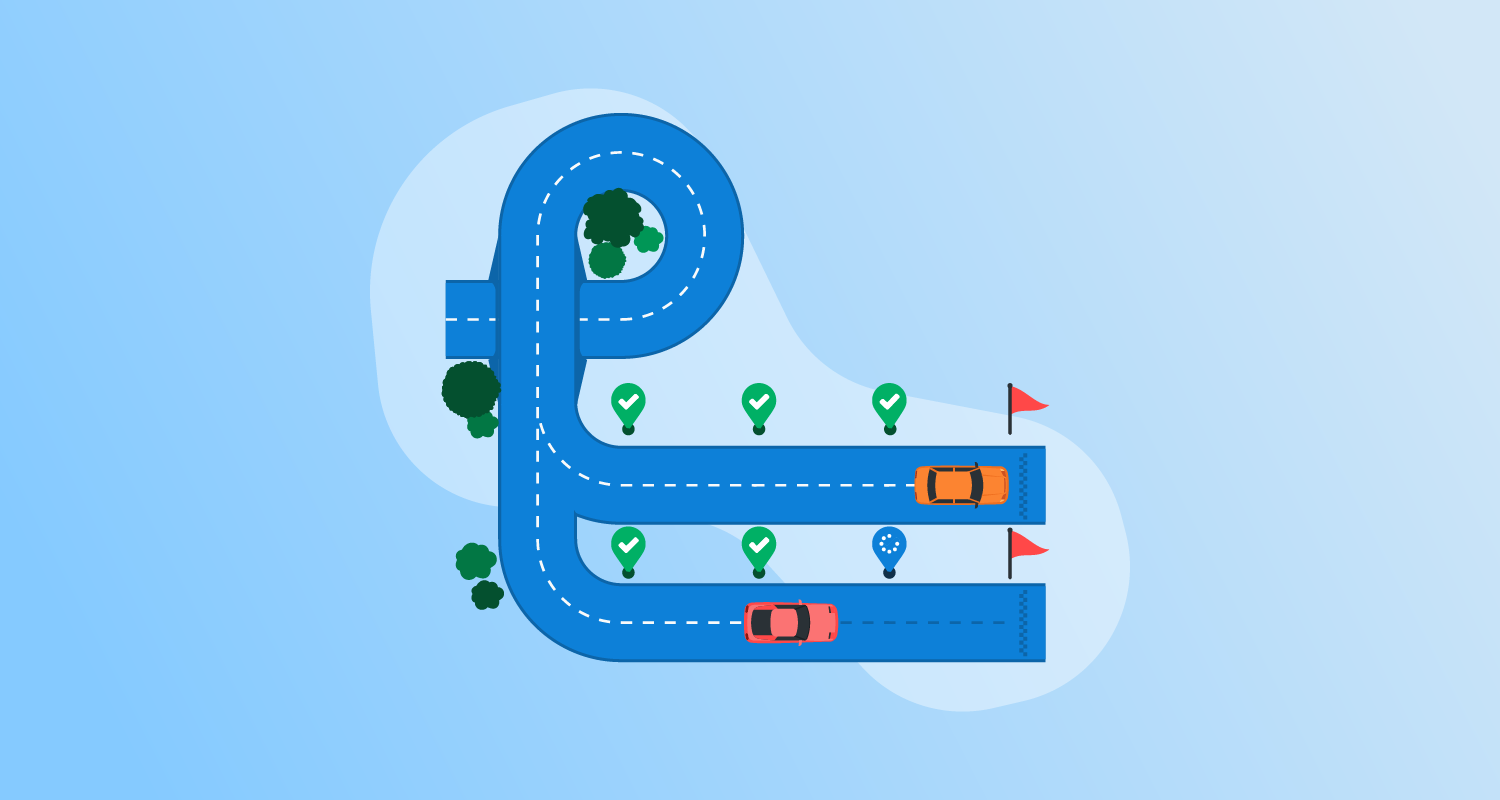How do you deploy applications on hybrid clouds?
Deploying applications on hybrid clouds involves a combination of automation, orchestration, and integration strategies to ensure seamless functionality across private and public cloud environments. The hybrid cloud deployment process typically begins with setting up infrastructure as code (IaC) using tools like Terraform or AWS CloudFormation, which enable consistent provisioning of cloud resources.
Workload placement is carefully planned based on performance, security, and compliance needs, ensuring that critical components reside in the optimal cloud environment. Once infrastructure is in place, Continuous Integration and Continuous Deployment (CI/CD) pipelines streamline the release process, enabling automated testing and deployment of applications across hybrid environments.
Containerization with Kubernetes or Docker ensures application portability, while service mesh solutions like Istio help manage communication between services. Monitoring and observability tools provide real-time insights, ensuring that workloads remain optimized and resilient across multiple cloud platforms.
Advantages of deploying applications on hybrid clouds
Hybrid cloud deployment offers a solution for managing applications, combining the best features of private and public cloud environments. Here some key advantages:
- Scalability: Hybrid cloud provides dynamic scalability, allowing organizations to handle sudden spikes in application demand by leveraging public cloud resources while maintaining base operations in the private cloud.
- Cost efficiency: Companies can optimize costs by using public cloud resources for less critical workloads, reducing the need for expensive on-premises infrastructure.
- Enhanced security: Sensitive data and mission-critical applications can remain in a secure private cloud environment, while less sensitive workloads use the public cloud’s flexibility.
- Improved performance: Hybrid cloud solutions enable organizations to deploy applications closer to end-users using geographically distributed public cloud resources, reducing latency.
- Disaster recovery and business continuity: Hybrid cloud ensures better disaster recovery by replicating critical data and applications across private and public clouds, minimizing downtime.
Planning a hybrid cloud environment
Here’s an overview of the process of planning a hybrid cloud deployment.
Assessing application requirements
Hybrid cloud deployment begins with a thorough assessment of application requirements. Evaluating these needs involves analyzing application performance, security, compliance, and integration capabilities. Understanding these factors helps in deciding whether an application should reside on a private or public cloud, ensuring performance and cost management.
This assessment also considers workload characteristics such as data sovereignty, latency, and bandwidth requirements. The goal is to clearly understand how applications interact with their environment and identify any restrictions dictated by regulatory or organizational policies.
Defining the hybrid cloud architecture
Defining a hybrid cloud architecture is crucial to its success. The architecture serves as the blueprint, detailing how various components across on-premises and cloud resources fit together. This involves determining the balance between private and public clouds, data integration processes, and security measures.
Additionally, the architecture must accommodate future expansion and technological advancements with minimal disruption. It should be scalable and flexible to adapt to changes in organizational needs or technology updates.
Identifying stakeholders and resources
Hybrid cloud deployment requires identifying key stakeholders and resources integral to the project’s execution. Stakeholders typically include IT managers, system administrators, and business leaders who provide insights into infrastructure needs and potential implementation challenges.
Identifying essential resources involves evaluating existing IT infrastructure and workforce capabilities. This process highlights areas where additional resources or skills may be necessary, whether through training or external support.
Preparing applications for deployment on hybrid clouds
The preparation phase involves the following steps.
Refactoring for microservices or containerization
Refactoring applications for microservices or containerization, if necessary, can improve a hybrid cloud deployment. By breaking applications into microservices, companies achieve better scalability and fault tolerance. Containerization allows these microservices to run consistently across different computing environments, enabling deployment on various cloud platforms.
Microservice architecture also enables independent updates, reducing downtime and accelerating the rollout of new features. Containerization offers portability, ensuring that applications perform uniformly, irrespective of the deployment environment.
Ensuring portability and compatibility
Applications need to be designed and tested for operation across different cloud configurations. Policies and standards must be enforced to prevent lock-in scenarios with a single service provider, offering the flexibility to switch vendors if necessary.
Compatibility testing should include trials across all intended environments, identifying performance bottlenecks or integration hurdles. This process is crucial for maintaining consistent application behavior, regardless of the underlying infrastructure changes.
Setting up CI/CD pipelines
CI/CD automates testing and deployment processes, ensuring that code changes are integrated and aligned across various environments. This automation reduces manual errors, accelerates development cycles, and ensures consistent application updates.
CI/CD pipelines also enable rapid iteration and faster release cycles, enabling teams to implement new features or fixes quickly. They ensure that applications remain resilient, with continuous monitoring and automatic rollbacks in case of deployment failures.
Compatibility tests for hybrid environments
Conducting compatibility tests helps verify integration and operation. Such tests ensure that both new and existing applications function harmoniously across hybrid platforms. This involves emulating real-world scenarios to assess how applications perform under various conditions and identifying potential issues before they impact users and business operations.
Compatibility testing should cover different elements of the hybrid environment, including network configurations, storage options, and user authentication processes. Regularly scheduled tests help maintain performance levels and compliance with evolving technology standards.
Deploying applications on a hybrid cloud
The deployment phase involves the following aspects.
Using cloud-native services
Cloud-native services provide the tools and frameworks to build scalable, resilient applications that can adapt to varying loads and environments. Cloud-native technologies make applications more agile, enabling faster deployment and improving efficiency.
Cloud-native services allow enterprises to capitalize on automated scalability, load balancing, and integrated security features. This results in optimized performance tailored to the hybrid architecture’s characteristics.
Deploying workloads on-premises
Deploying workloads on-premises within a hybrid cloud model ensures that sensitive data remains under direct company control. This method enables compliance with regulatory requirements while allowing business-critical operations to benefit from low-latency, high-speed local networks.
On-premises deployment can be used alongside public cloud resources to balance performance needs against cost considerations. This strategy provides greater control over data processing and storage, ensuring privacy and compliance adherence.
Synchronizing workloads between environments
Synchronizing workloads between hybrid cloud environments helps maintain consistency. It involves orchestrating data flow and application processes between public and private clouds to ensure operation. Employing tools for synchronization allows organizations to manage resource allocation dynamically, optimizing performance and cost-effectiveness across cloud platforms.
Data synchronization helps ensure that all cloud environments operate with the latest information, reducing the risk of data inconsistencies. It also supports resilience by providing backup and failover capabilities.
Security, monitoring and optimization
The final phase of hybrid cloud deployment involves ensuring ongoing security and maintenance.
Implementing a unified security framework
A unified security framework is critical for protecting hybrid cloud environments. It establishes consistent policies, tools, and practices across private and public clouds, ensuring protection against threats. This framework integrates access controls, data encryption, and identity management to protect sensitive information and regulate user activities.
Multi-factor authentication (MFA) and role-based access controls (RBAC) restrict access to authorized personnel only. Threat detection tools and real-time monitoring help identify and mitigate vulnerabilities quickly. Regular audits and penetration testing improve the framework’s robustness, ensuring that security measures remain effective.
Monitoring hybrid cloud performance
Monitoring performance in a hybrid cloud environment requires real-time visibility into all components, including infrastructure, applications, and networks. This involves deploying monitoring tools that track key metrics such as resource use, latency, throughput, and error rates across private and public cloud platforms.
Centralized dashboards consolidate data from various environments, allowing IT teams to identify performance bottlenecks. Predictive analytics and machine learning-based tools can detect issues before they impact operations. Automated alerts and reporting systems ensure timely responses to anomalies.
Troubleshooting common issues in hybrid environments
Troubleshooting in hybrid cloud environments requires a systematic approach to identifying and resolving issues across interconnected systems. Common challenges include network latency, configuration mismatches, integration failures, and security vulnerabilities. To address these issues, organizations should use logging and diagnostic tools to trace errors and root causes.
Network troubleshooting often involves checking connectivity between private and public clouds, resolving latency issues with optimized routing or load balancing. Configuration management tools help identify inconsistencies in system settings, while automation scripts ensure uniform updates across all environments.
For integration problems, reviewing API endpoints and middleware compatibility is critical. Security challenges, such as unauthorized access or data breaches, require immediate action through incident response protocols and patch management.
Automating deployments in hybrid cloud with Octopus
Octopus can deploy to any cloud, data centre, or on-premises location, making it ideal for hybrid cloud deployments. With the same tools, you can make it easier to deploy to different cloud provider platforms and get visibility into what’s deployed where across them all on a single pane of glass.
Where you need to manage large numbers of instances, such as deployments to retail stores, hospitals, and other physical locations, you can use tenanted deployments to handle scheduling and configuration specific to each instance. Tenanted deployments can also support deployments to isolated customer infrastructure, such as a hosted software product that dedicates a Kubernetes cluster or namespace to each customer rather than sharing infrastructure.
Get started with Octopus
Make complex deployments simple
Help us continuously improve
Please let us know if you have any feedback about this page.


